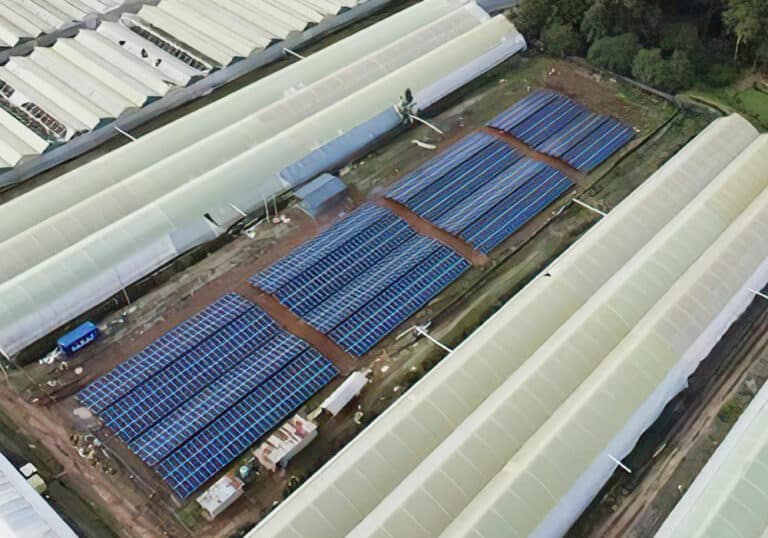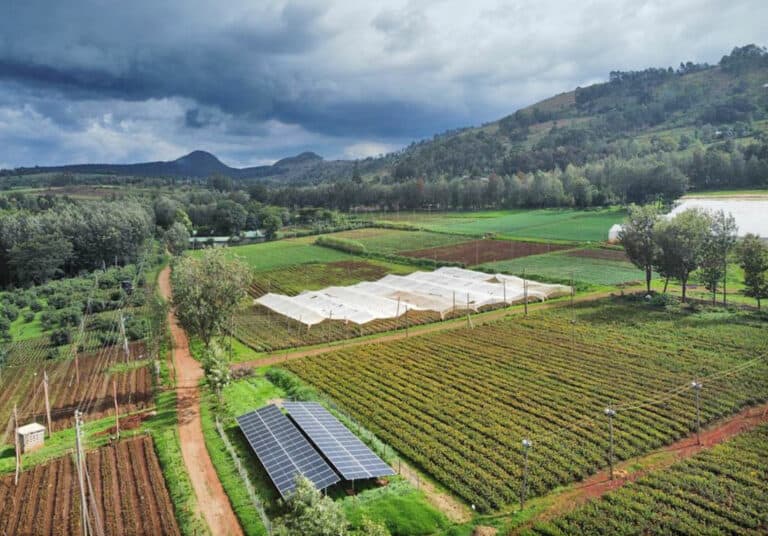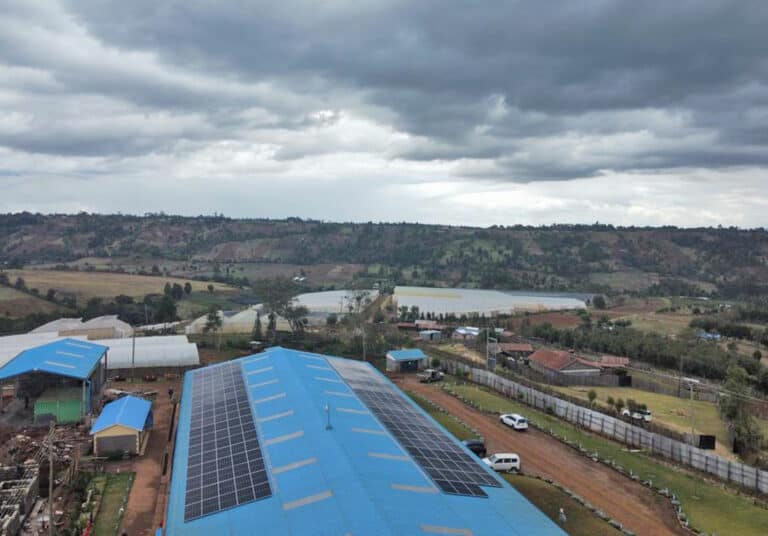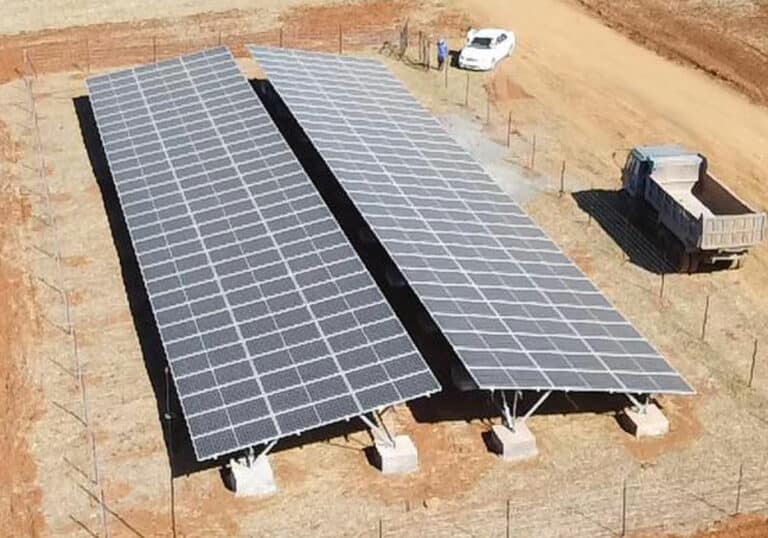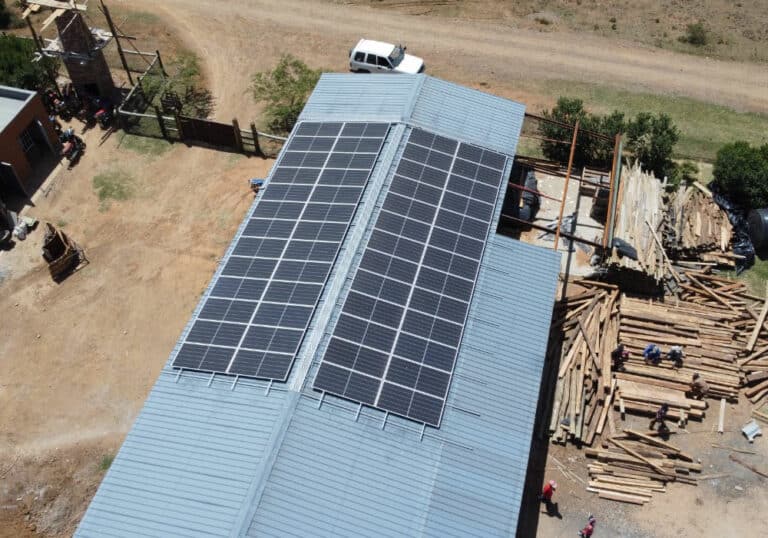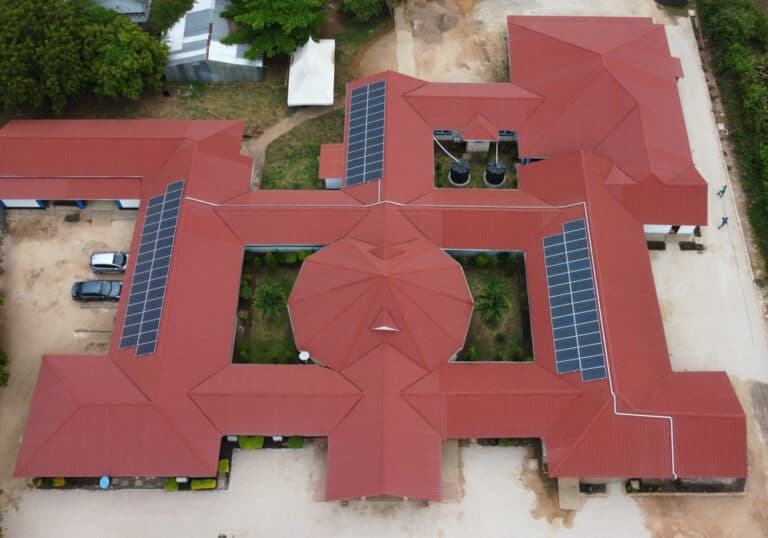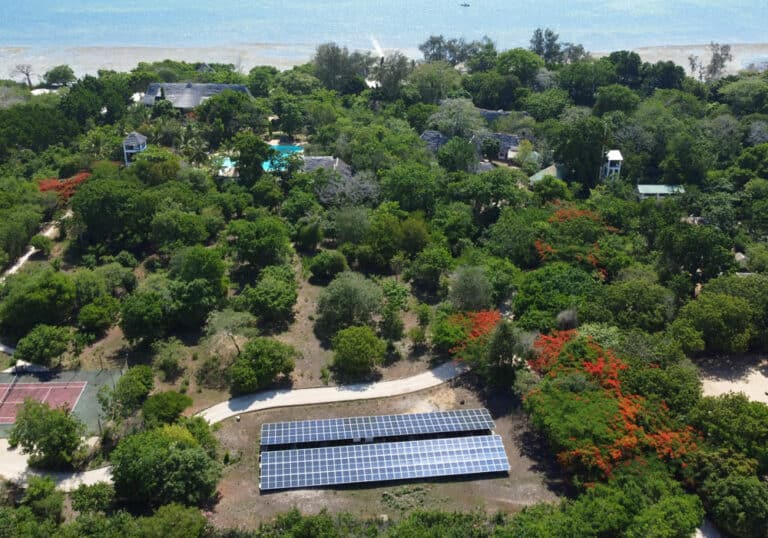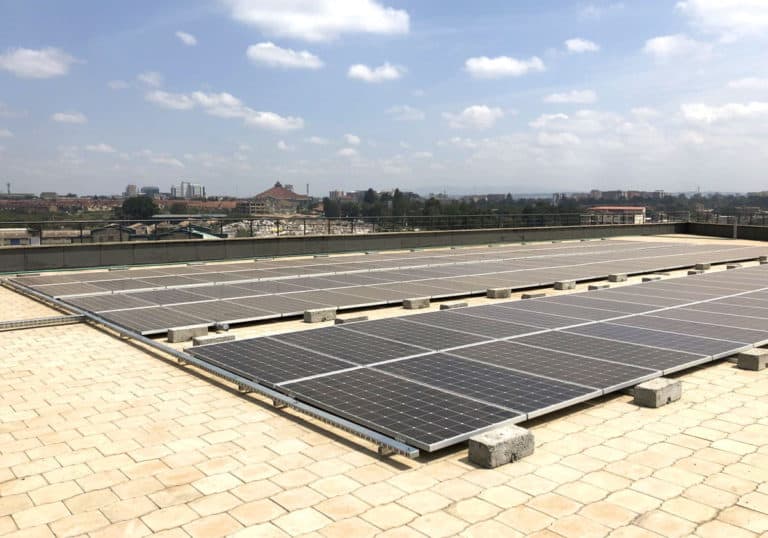SAJ Ceramics
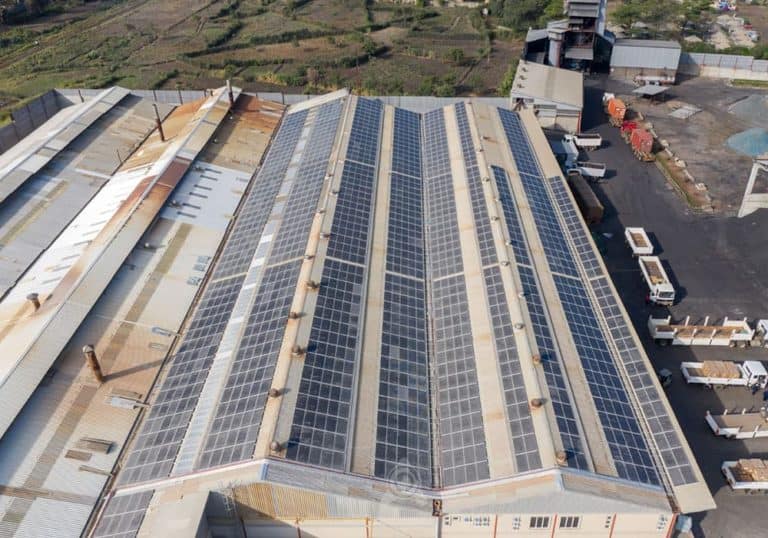
The first ceramic tile manufacturer in East and Central Africa, SajCeramics holds over 20 years in the ceramics manufacturing industry. Having begun with the sole production of 10 cm x 10 cm ceramic tiles, the rapidly growing company now offers a more diverse product offering to meet the demands of its continuously expanding clientele. In order to become more sustainable and offset their electricity costs, a rooftop grid-tied system was provided, with an integrated generator control. This 693.45kWpcustom system provides them 12% of their energy needs and allows the client to offset their energy usage from the local utility.


